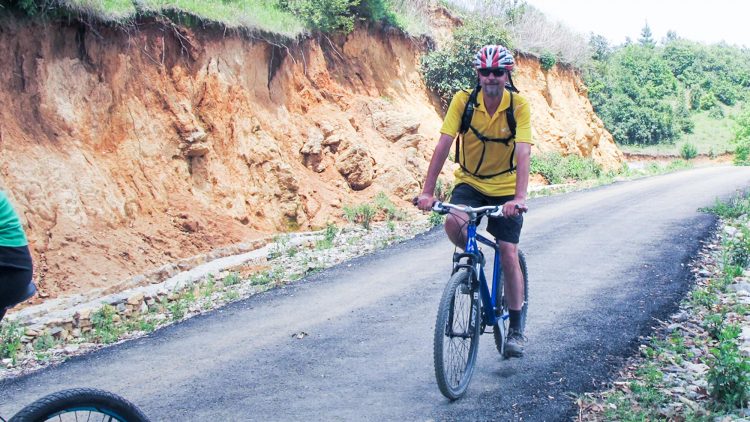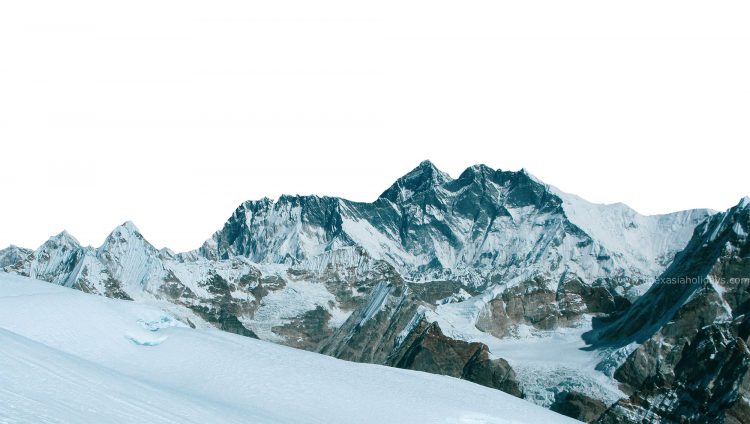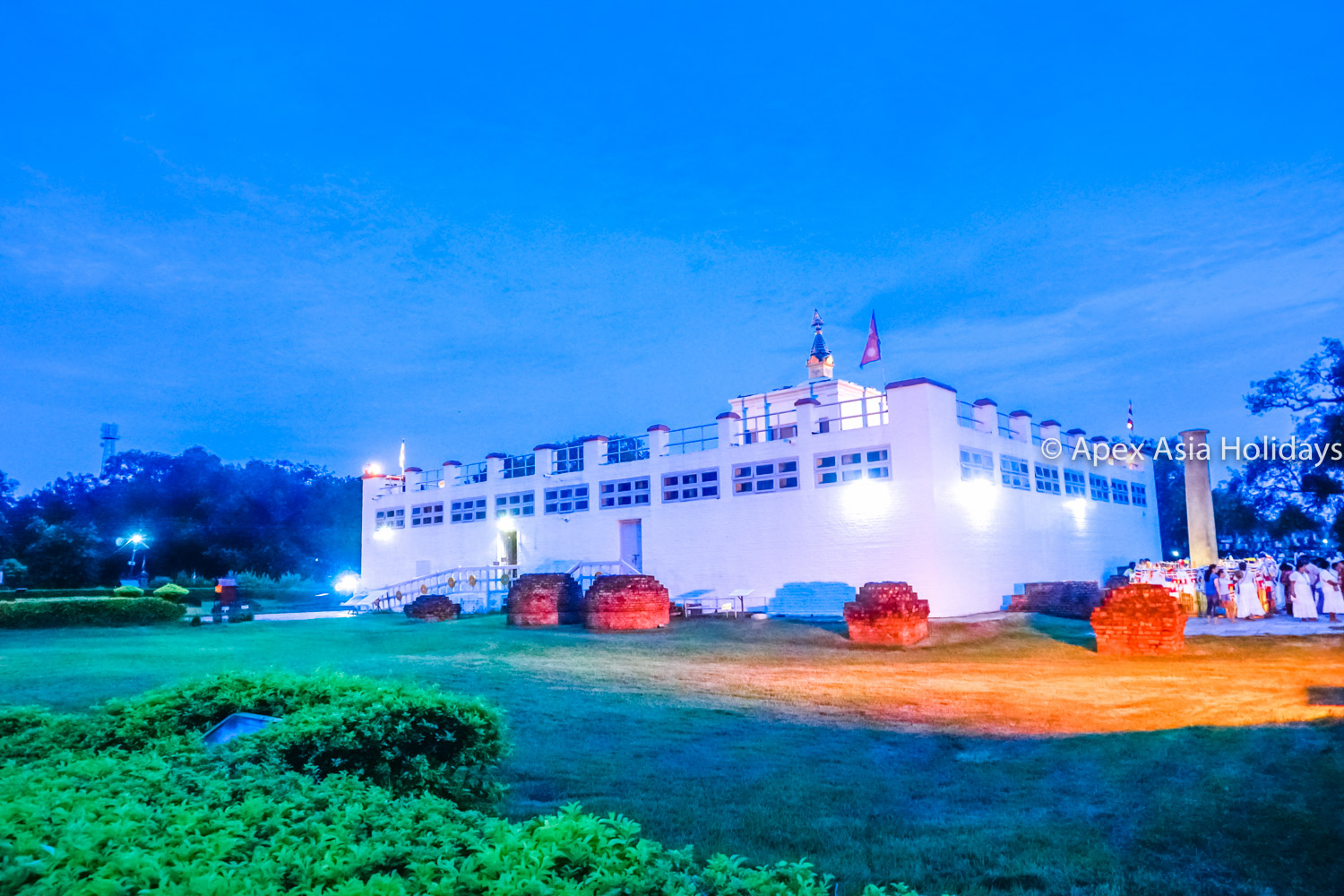Buddha Jayanti is a festival celebrated by Buddhists around the world to commemorate the birth of Gautama Buddha, the founder of Buddhism. It is also known as Vesak or Buddha Purnima and typically falls on the full moon day in May.
The festival is celebrated with great reverence and devotion, and Buddhists perform various rituals, including visiting temples, offering prayers, meditating, and donating to the needy. The day is marked by the lighting of lamps and the recitation of Buddha’s teachings and scriptures.
The teachings of Buddha revolve around the Four Noble Truths, which state that suffering is an inevitable part of life, the cause of suffering is craving and attachment, suffering can be overcome, and the path to the end of suffering is through the Eightfold Path.
On this auspicious day of Buddha Jayanti, may we all be inspired by Buddha’s teachings of peace, compassion, and mindfulness, and may we work towards achieving inner peace and harmony in our lives.
If you’re considering visiting Buddhist pilgrimage sites in Nepal, you’re in for a treat! Nepal is home to some of the most sacred and important Buddhist sites in the world. Here are some messages to inspire your visit:
- Immerse yourself in the history and culture: Nepal has a rich history and culture that is deeply intertwined with Buddhism. By visiting the pilgrimage sites, you can gain a deeper understanding of the beliefs, traditions, and practices of Buddhism in Nepal.
- Experience the spirituality and serenity: The pilgrimage sites in Nepal are not just tourist attractions, but also places of deep spiritual significance. By visiting them, you can experience the peace, tranquility, and spirituality that they offer.
- Connect with the local community: Nepal is home to a vibrant and welcoming Buddhist community. By visiting the pilgrimage sites, you can connect with the local people, learn about their customs and traditions, and gain a new perspective on life.
- Take in natural beauty: Nepal is renowned for its stunning natural beauty, and many of the pilgrimage sites are located amidst breathtaking landscapes. Take the time to appreciate the natural beauty around you and let it inspire your spiritual journey.
- Embrace the journey: Visiting Buddhist pilgrimage sites in Nepal can be a life-changing experience. Embrace the journey with an open mind and heart, and let the wisdom and teachings of Buddhism guide you toward inner peace and enlightenment.
In summary, visiting Buddhist pilgrimage sites in Nepal is a unique and transformative experience that offers a deep insight into the Buddhist way of life. So, go ahead and embark on this journey of spiritual exploration and growth!


























